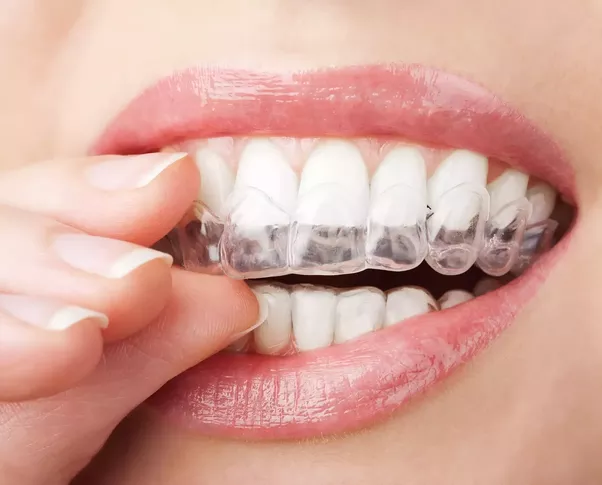Age is just a number… especially when it comes to your smile! There are no age requirements or limits when it comes to enjoying the advantages of a beautiful, vibrant smile. People are more confident and can communicate better when they know their teeth look healthy and straight.
Kids can need braces for any number of reasons, including crooked, overlapping, or overcrowded teeth, or a “bad bite” (known as malocclusion). Often, your child’s dentist will be the first to notice problems during a regular visit and recommend that you see an orthodontist (a dentist who specializes in correcting jaw and/or teeth alignment problems). The orthodontist can decide whether your child does indeed need braces and which devices would be best.
There are two types of teeth we may evaluate when you come to our office to discuss getting
braces:
- 12-Year Molars: Also known as second molars, these permanent teeth usually erupt between ages 11 and 13. These teeth should be present before putting in braces.
- Primary Teeth: You likely have heard these referred to as “baby teeth.” While braces can be placed when primary teeth are still present, this can lead to longer treatment times because the adult teeth still need to erupt. It’s best to wait until all the primary teeth are gone.
There’s no specific age at which a child should first visit the orthodontist. Some kids go when they are 6, some kids go when they’re 10, and some have that first visit when they are well into their teens.
When your children have their 12-year molars and have lost their primary teeth, they’re usually around ages 12 and 13. After consulting with an orthodontist, you’ll know if this is the appropriate age for your child to get braces.
Usually, dental braces treatment starts when a child has lost most of his or her milk teeth, and second set of teeth or permanent teeth have grown in – generally between age of 12 to 14yrs. The best treatment suitable for your child mainly depends on the severity of your child’s dental problems.
Also, Braces aren’t only for children and teenagers, however. If you’re an adult and your family couldn’t afford to get you braces as a child — or didn’t know you needed them, or you did get braces but didn’t follow up with your retainers — you can still get braces as an adult.
There isn’t an age limit for braces!
Discuss with your child’s orthodontist about the best course of action and give your child a beautiful smile.





